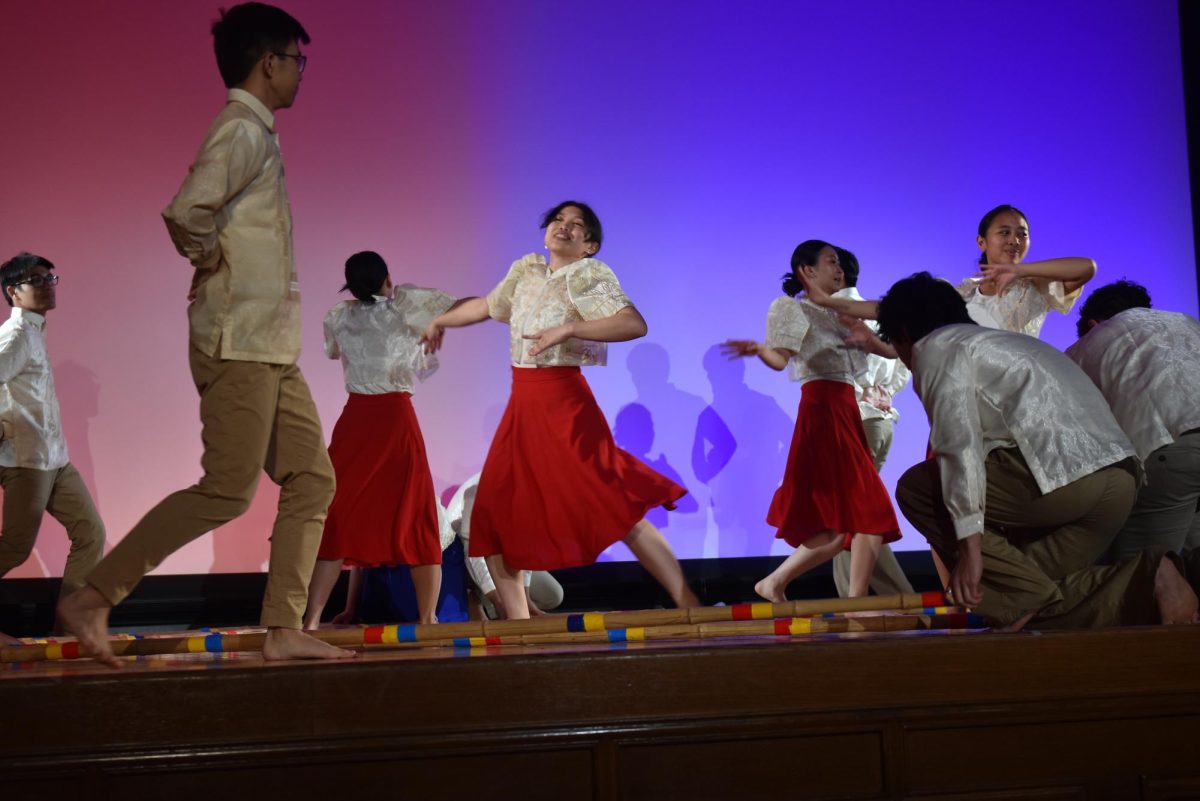As director of the Language, Education and Reading Neuroscience Lab, communication sciences and disorders Prof. Elizabeth Norton’s work bridges neuroscience and education to better understand language, reading development and disorders.
Her work with the LEARN Lab focuses on uncovering the causes of differences in language and reading development in children.
LEARN Lab is one of 27 HEALthy Brain and Children Development Study recruitment sites across the U.S. HBCD is the largest long-term study of early brain and child development in the nation.
This interview has been edited for brevity and clarity.
The Daily: How did you originally find your passion for language and reading development?
Prof. Elizabeth Norton: I had already learned to read before showing up at kindergarten, because I just loved books and loved stories. I would make my parents read probably five or 10 books to me every night.
When my classmates were starting to learn to read, there were different tables, and each table was a group of kids, and they were all reading books. I remember thinking, ‘Why is it that some kids are having trouble learning to read? Learning to read was really easy.’ I had that insight in first grade.
Fast forward many years, as an undergrad at Dartmouth, I took a class on language development. Realizing that we could study language and reading in a systematic way and understand what makes language and reading easy for some kids and harder for others, really ignited this passion. And (I) have been interested in research and language and reading since.
The Daily: How does your research influence how you teach?
Norton: Because my research really focuses on what makes people individual and different and what shapes their language, reading and learning abilities, I think I bring that perspective to my teaching, and I also teach on these topics.
I teach a class on the cognitive neuroscience of communication. In that class we run an EEG brain science experiment. Students get the hands-on experience of what it’s like to come up with an idea, collect the data, analyze the data and see all the ups and downs of research. I think those things of both experiencing the joys and challenges of research, and recognizing that different people benefit from different kinds of learning environments and support really show up in my teaching.
The Daily: In a 2024 faculty spotlight interview, you said your motto for your lab is “do good and do good science.” Why is that the guiding principle for the LEARN Lab and how do you implement the values that go along with it?
Norton: The idea of “do good and do good science” is that we are trying to do work that positively impacts the communities and the people that are affected by communication disorders. We want to do work that eventually will lead to helping real kids and families, and doing good also extends to the culture in the lab. I like to make sure that there isn’t competition among folks in the lab, for everybody to be cooperating and working toward a shared goal and being supportive of each other.
The ‘do good science’ part is our commitment to doing rigorous, reproducible and open science. So it’s the idea that if we realize a mistake, (there) is that expectation to come forward and point it out so that we can address it, rather than sweeping it under the rug, and to make sure that we’re doing things in a rigorous way, so that our science stands up over time and is as impactful as it can be.
The Daily: Can you tell me about the most significant project your lab is currently working on?
Norton: I co-lead a site at Northwestern with my colleague, Lauren Wakschlag, for a NIH funded study called HEALthy Brain and Child Development. Those 20-some sites around the country are following a total of 7,000 children, recruiting them when they’re in utero, in the second trimester of pregnancy. We’re going to chart their brain and behavior development all the way up until they’re age 10.
This will be the biggest study ever looking at kids’ development across all different areas, from their motor and cognitive and language and physical development. But I’m really interested in the chance to look at their later language and reading abilities from being able to look at their brains very shortly after they’re born.
Email: [email protected]
X: @BethkeTia
Related Stories:
— NIH awards NU researchers $5 million grant to study pregnancy and disability
— Q&A: Tony Award-winning theater set designer and Prof. Todd Rosenthal talks craft, education







